-
•
•
16 responses
My friend Sam called me yesterday and he came right to the point. “I’ve been reading your report of our conversation last week, and I’ve also been reading some of the responses, and I think that there is some confusion that I would like to clear up.” “What do you mean?” I asked. “Well, you remember that I took the view that even in the worst case hypothetical scenario– even if it could somehow be proven that Joseph Smith’s claims were fraudulent– there would still be good reason for people to remain faithful members of the church. The church’s teachings… Read More
-
•
•
6 responses
We all know that the defining sin of the Nephites was pride. But what about the defining sin of the Lamanites? From the very beginning of the Book of Mormon, Nephi focuses on one particular vice. “[A]fter they had dwindled in unbelief” the Lamanites became “full of idleness and all manner of abominations.”[1] He later calls them an “idle people.”[2] When the Anti-Nephi-Lehies famously buried their weapons of war, they also made a covenant that “rather than their days in idleness they would labor abundantly with their hands.”[3] The Lamanites’ sin of idleness is, in fact, the mirror image of… Read More
-
•
•
One response
Times and Seasons hopes you will join us in welcoming our latest guest blogger, William Barlow. He is an attorney and graduate of Harvard Law School, where he regularly wrote for the Harvard Law Record, including a guest appearance on Fox News Business. William received his undergraduate degree in history from Duke University. Following law school, William was an M&A attorney at a New York law firm for over three years before transitioning to North Carolina. Read More
-
•
•
43 responses
For all their differences, the essential and irreducible historical dilemma of the Old Testament, New Testament, and Book of Mormon is very much the same. Read More
-
•
•
2 responses

In the neighborhood where I grew up, there was a yard that had landscaping that baffled me. It was a grassy plain with a few small trees, and then about a half-dozen boulders scattered among the grass. The boulders were what baffled me—they didn’t seem to fit in with the landscaping around them and they certainly made mowing the lawn more complicated than it otherwise would have been. I’m sure they made sense to the person who put them there, but as far as I could see, it seemed like the homeowners had survived a meteor shower and then decided… Read More
-
•
•
28 responses
My friend Sam and his family came over yesterday evening; and after dinner Sam and I, social misfits that we are, slunk off and went out on the deck to talk. (Yes, it’s February, but it’s also San Diego.) We started off wondering whether BYU’s narrow one-point win last Saturday over lowly USD (my school) would hurt their chances of making the NCAA tournament. But then somehow the conversation wound around to people we know who have “left the Church,” as we say, because of doubts about Joseph Smith. In a couple of cases these were seemingly faithful members, and… Read More
-
•
•
17 responses

The second volume of the Church’s official history, Saints: No Unhallowed Hand, 1846-1893 was released this Wednesday. I just finished blitzing through the book and wanted to share my thoughts on the volume. These official histories walk a tightrope, balancing a lot of goals at one time. This volume, for example, covers approximately 50 years of well-documented history in less than 700 pages in ways that are open, accurate, and truthful while remaining faith promoting and doing so in an engaging and readable manner. That’s a tall order to achieve all those requirements at one time. Having finished reading it,… Read More
-
•
•
31 responses
I happened to run into my friend Sam a couple of days ago in the food line at Costco, and his first words were, “I’ve been diligently reading your posts on Times and Seasons.” “Thanks,” I said. “I only said I’ve been reading them. I didn’t say I liked them.” “So you didn’t like them?” “Well, some of them have been . . . interesting. But you’re dodging and dancing around the elephant in the room.” “That would be quite a feat,” I said. “But what do you mean? What elephant?” “The elephant,” Sam said obscurely, “is the prevailing paradigm.… Read More
-
•
•
2 responses
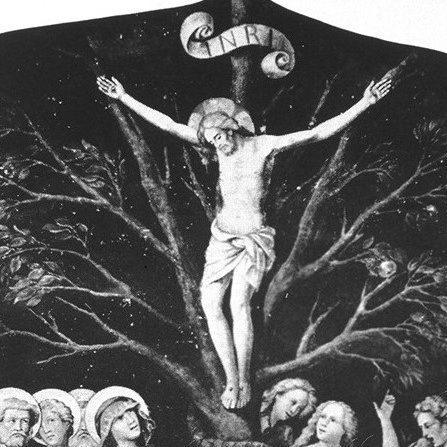
The tree of life and its fruit mean many things to many different people. Immortality, eternal life, the presence of God, and Jesus the Christ are all important meanings of the tree in our tradition, but many more could be stated. Among Christians, one prominent meaning of the tree of life is as a symbol of the Christ. One way in which this is the case was hinted at when the apostle Peter spoke of Jesus’s death and crucifixion as being “killed by hanging him on a tree.”[1] The cross is referred to as a tree elsewhere in the New… Read More
-
•
•
16 responses
The story has been told and retold. An earnest young man, intent on escaping the confusion of the world around him, seeks a secluded place to pray, hoping to receive divine guidance. And while praying, he receives a remarkable revelation from God– a commission, really, to restore the church. I’m referring, of course, to Francis of Assisi. Sensing the futility of the world of businessmen (like his father), of troubadours (whom he had admired), and of soldiers (he had been one), Francis retired to the old church at San Damiano to pray. As he was praying, he heard a voice… Read More
-
•
•
29 responses
Overheard while eavesdropping in the Deseret Diner: First speaker (let’s call him Adam): I’m not a member of your church, as you know, but I’ve lived among Mormons for most of my life, talked with missionaries, attended lots of meetings with friends. Done a lot of reading. There’s so much I admire about your church– its moral teachings, its family life, its community. And its genuine faith in Jesus Christ. (I’m an Evangelical, and this is important to me.) I don’t know of a church these days that does as much to spread the basic Gospel message– through your missionaries… Read More
-
•
•
14 responses
One of the major points of discussion in recent weeks is over an error in the printed “Come, Follow Me” manual. A Joseph Fielding Smith quote with racist content was included in the discussion of 2 Nephi 5 and it was only noted that it does not accurately reflect Church doctrine after the manuals were printed. The decision was made to change the digital version of the material but to send out the manuals as printed, with the belief that most members would be using the digital version. Church statements to the press have focused on re-affirming that Church rejects… Read More
-
•
•
4 responses
I hope I’m not abusing my privileges as a guest blogger with this post, which is not critical or intellectual but more in the inspirational vein. To me, the post is not unrelated to discussions we’ve been having on this blog. In previous posts I’ve referred more than once to a conviction that God is at work in this Church. Without that conviction, what would be the point of making the effort to try to work out some of the difficulties we’ve been discussing here? Still, I admit that the main reason for posting this is just that a man… Read More
-
•
•
4 responses
I teach nine-year-olds for Primary, and I’ve started composing new verses to the old primary song Book of Mormon Stories as a way to recap the events before we get into discussion and activities. Here are four verses (which are arguably terrible but also instructive: I’m clearly not a songwriter) that go along with tomorrow’s Come, Follow Me lesson for 1 Nephi 16-22. At the end of many lines are optional interjections (in the style of “Rudolph, the Red-Nosed Reindeer“). I share them in case they might be useful for primary or family lessons tomorrow. The Liahona Lehi and… Read More
-
•
•
22 responses
When I signed on to be a guest blogger, I didn’t anticipate writing a post like this one. But several comments on earlier posts have pushed me to say a few words in behalf of sin, . . . or at least of sinfulness, . . . or at least of recognizing the pervasive reality of sinfulness. More specifically, in response to the question of what it is essential to believe in order to count oneself a Christian and a Latter-day Saint, several commenters recently suggested that the answer might be simply: love. Loving God and loving our neighbor. This… Read More
-
•
•
25 responses
In a ward council meeting a few years ago, someone mentioned that Brother So-and-So was struggling with doubts about the Book of Mormon. “Tell him to stop worrying about that,” the bishop said, “and think about what the Church does for him in his life.” This bishop (whom I dearly love) was a sort of down-to-earth, commonsensical fellow, and I thought this was wise advice, although– or maybe because– the instruction was ambiguous. It might have meant something like “If Brother So-and-So reflects on the blessings that the Church brings to his life, he will come to realize that this… Read More
-
•
•
6 responses

Truman G. Madsen once wrote: “Religious literature, ancient and modern, is replete with images of a tree of life that is to be planted in a goodly land by a pure stream. Some typologies regard it as the link at the very navel of the earth—the source of nourishment between parent and child—and place it at the temple mount in Jerusalem, where heaven and earth meet. The fruit of this tree is most precious.”[1] The tree of life is often portrayed as a tree from heaven, a symbol of paradise or of God’s presence itself. Hence, it is fitting that… Read More
-
•
•
34 responses
Call him Ishmael. The man has been coming to church with the missionaries for six or eight months now, and he seems a bit different from other investigators and recent converts we’ve seen in our ward. Most of these people have been, let us say, humble in their financial circumstances and educational attainments. Ishmael, by contrast, seems like someone who will not be needing welfare assistance: he is a doctor, mid-30s, good health, thoughtful and well-spoken. Before today, you had introduced yourself to Ishmael but had not talked with him at any length. But as it happens, it’s the third… Read More
-
•
•
22 responses
In Matthew 13, Jesus compares the kingdom of heaven to a mustard seed which, though tiny, grows into a tree in which the birds can nest. A verse later, Jesus compares the kingdom to yeast that the baker “hid” in a loaf of bread, causing the bread to rise. The comparisons seem to reflect quite different conceptions. In one, the kingdom is large and conspicuous, visibly structuring and supporting those who knowingly depend on it. In the other, the kingdom is a tiny and mostly imperceptible part of the mix. It is not and will never become a very substantial… Read More
-
•
•
3 responses
To update what Craig wrote in 2010: Times and Seasons is happy to welcome as a guest blogger Steve Smith, who teaches and writes mainly about religious freedom, constitutional law, and jurisprudence. His most recent book is Pagans and Christians in the City (Eerdmans, 2018). Steve graduated from BYU in 1976 before studying law at Yale, and he has taught at various law schools including Notre Dame, Colorado, Idaho, Michigan (as a visiting professor), Virginia (as a visitor), and the University of San Diego, where he is currently employed. Steve’s wife Merina also attended BYU, and they have five children.… Read More
-
•
•
10 responses
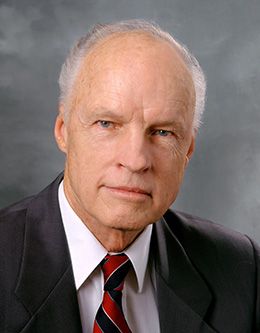
Throughout the twentieth century, the Church of Jesus Christ of Latter-day Saints has seen several academic figures who had an impact on the collective thought of church members. Hugh Nibley and Eugene England are a couple examples of this group, but one other well-known academic figure in 20th century Mormonism that stands out is Truman G. Madsen. A philosopher and an educator, Truman G. Madsen is best known for his lectures on the Prophet Joseph Smith and some of his other works on Latter-day Saint theology, philosophy, and history, such as Eternal Man, Defender of the Faith: The B. H.… Read More
-
•
•
10 responses
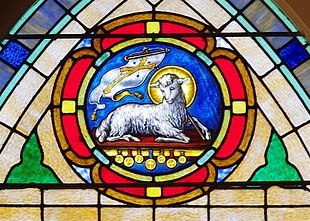
One of the more controversial aspects of Nephi’s vision of the tree of life is the great and abominable church or church of the devil. In his record, Nephi states that “there are save two churches only; the one is the church of the Lamb of God, and the other is the church of the devil” (1 Nephi 14:10). At times, Church leaders and members have associated “the church of the devil” with specific organizations, such as the Roman Catholic Church, while at others, they have tried to use it as a metaphor for any organization that promotes evil. In… Read More
-
•
•
3 responses

We are now in the year 2020, which is 200 years after the date that Joseph Smith said that he was first visited by God the Father and Jesus the Christ. At the most recent general conference, President Russell M. Nelson noted this anniversary and invited us to “prepare for a unique conference that will commemorate the very foundations of the restored gospel.”[1] On New Year’s Day, he reiterated this, stating that: “I designated 2020 as a bicentennial period commemorating 200 years since God the Father and His Beloved Son, Jesus Christ, appeared to Joseph Smith in a vision.”[2] In… Read More
-
•
•
2 responses
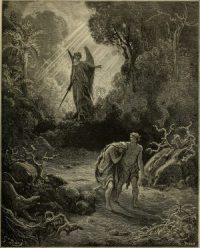
Between reflecting on Mack Wilberg’s choral piece “The Tree of Life,” preparing for the Book of Mormon Come Follow Me curriculum, and studying the Revelation of John the Divine these past few weeks, the tree of life has been on my mind. I thought I might share some reflections on the subject by highlighting possible meanings of the tree of life and its fruit in a series of posts, including immortality and eternal life, the presence of God, and Jesus the Christ. Immortality and eternal life are two of the possible meanings of the tree of life. In the Hebrew… Read More
-
•
•
26 responses
Yes. Should historians write about current events? Maybe not. But when they do, they shouldn’t do it like this. Read More
-
•
•
22 responses
Do not ascribe to fear or compulsion what can be best explained by love. Read More
-
•
•
One response

As I mentioned in my last post, I read Dickens’ novella, A Christmas Carol each year at this time. As a result of reading it and re-reading it, for me this story has passed from mere entertainment to something much more. In the story Dickens introduces us to Ebenezer Scrooge, who is visited on Christmas Eve by the ghost of his business partner, Jacob Marley. Scrooge hears his approach as chains and weights rattling over the floor and on the stairs and sees Marley weighed down by chains when he appears. During their visit, Scrooge asks Marley where his chains comes from,… Read More
-
•
•
4 responses
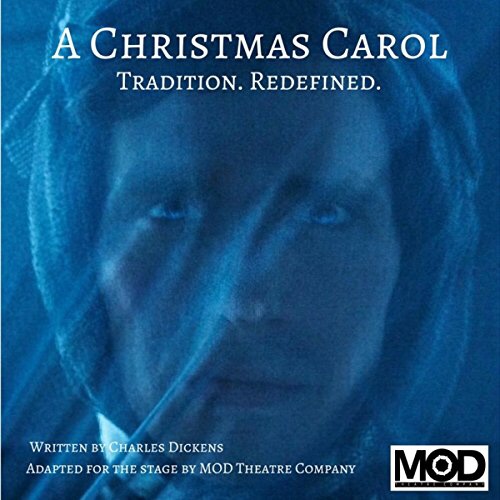
At Christmas time, one of my holiday customs is to read Dickens’ novella, A Christmas Carol. I may be a little obsessed with the story — I have three different audio versions on my phone, including one produced by members of my home ward. As a result of reading it and re-reading it, for me this story has passed from mere entertainment to something much more[1. I say “Gospel According to A Christmas Carol” not because I think A Christmas Carol is scripture, but because it is a view of what the gospel teaches — like each of the four… Read More
-
•
•
16 responses
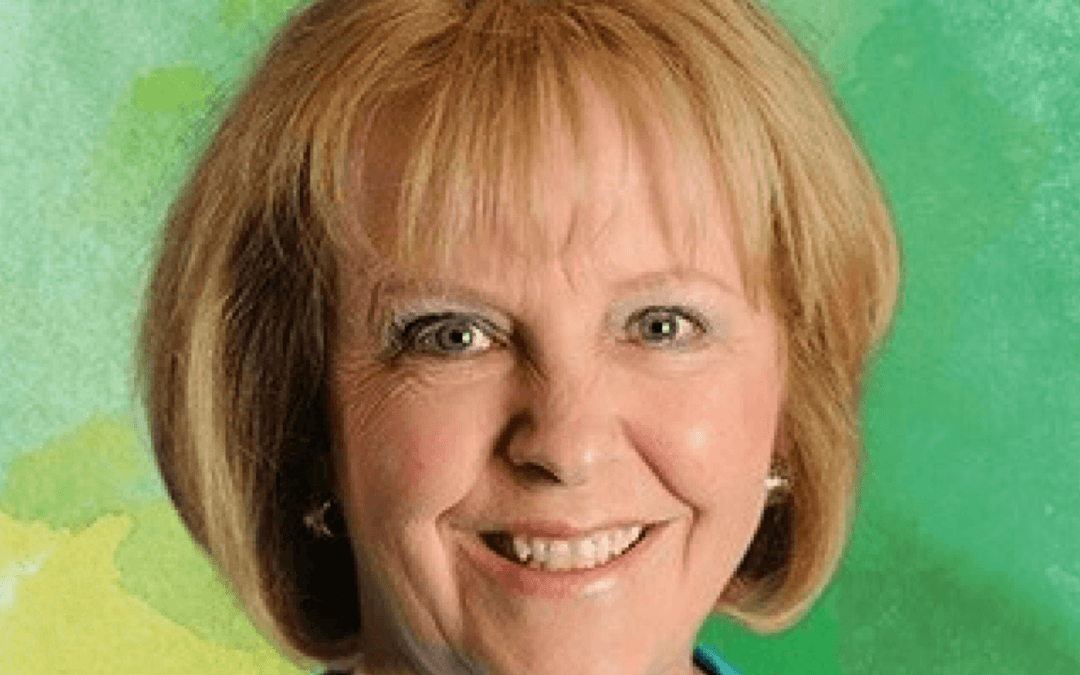
There are several hot topics that come up on a regular basis in the Church. One of those is women’s relationship with the priesthood in the Church. Concerns over equality in policy making, involvement in the life of the Church, and quite a few other things factor into this issue. Given that women comprise half (or more) of the membership of the Church, it is of huge importance to all members. One notable voice speaking about women and the priesthood is Wendy Ulrich, who recently published a book on the subject entitled Live Up to Our Privileges: Women, Power and… Read More
